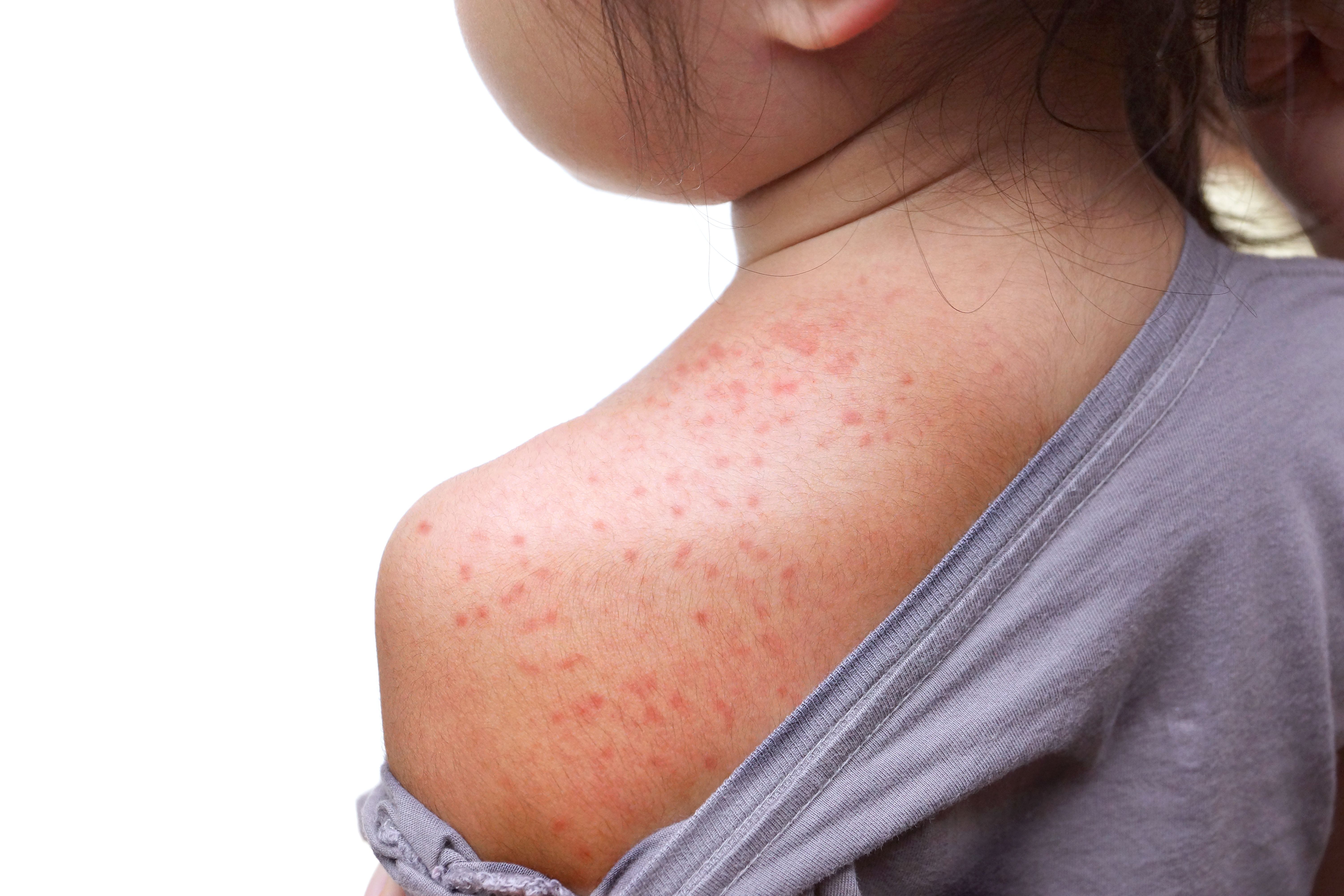Article
Microneedle Patch Represents the Future of Influenza Vaccination
Author(s):
A microneedle patch allows the flu vaccine to be safely and effectively self-administered.
A new study shows that an influenza vaccine administered through an investigational patch of dissolving microneedles is safe and can produce the desired immune response.
Microneedle administration is an alternative to traditional vaccination with a needle and syringe. With further research, the microneedle patch could eliminate the pain of injection and the expense of visiting a healthcare provider to receive protection against influenza, according to a study published by The Lancet.
“This bandage-strip sized patch of painless and dissolvable needles can transform how we get vaccinated,” said Roderic I. Pettigrew, PhD, MD, director of the National Institute of Biomedical Imaging and Bioengineering, which funded the study. “A particularly attractive feature is that this vaccination patch could be delivered in the mail and self-administered. In addition, this technology holds promise for delivering other vaccines in the future.”
The patch is composed of 100 solid, water-soluble needles that are long enough to penetrate the skin, according to the study.
“The skin is an immune surveillance organ,” said researcher Mark R. Prausnitz, PhD. “It’s our interface with the outside world, so it’s very well equipped to detect a pathogen and mount an immune response against it.”
Adhesive is encapsulated in the needles and is released when the tips of the needle dissolve, which happens within minutes, according to the study. Once the vaccine is administered, the patch is peeled off the skin and can be thrown away like a normal bandage.
Included in the study were 100 patients divided into 4 cohorts: vaccination with a microneedle patch administered by a provider, self-administration of the vaccination with a microneedle patch, vaccination with intramuscular injection administered by a provider, and placebo patch given by a provider.
For patients receiving the vaccine, they received an inactivated influenza vaccination formulation.
The authors discovered that the vaccination administered through the microneedle patch was safe due to a lack of observed serious adverse events, according to the study. Some patients experienced mild, local skin redness and mild itching that lasted 2 to 3 days.
The investigators also found that the antibody responses—measured through an analysis of blood samples—were similar among patients receiving the vaccine through the patch or injection, according to the study. They also discovered that the immune response lasted for at least 6 months.
Approximately 70% of patients receiving the patch said they preferred it to intranasal administration or through injection.
The investigators reported that there were no differences between the doses of the vaccine administered by the patient or a provider. This finding suggests that patients are able to correctly administer the microneedle patch, according to the study.
After the patch was administered, imaging showed that the microneedles dissolved in the skin, which means that the used patches can be discarded normally and not in a sharps container.
The microneedle patches were also observed to remain effective for at least 1 year without refrigeration.
The authors noted that the patch could offer economic and manufacturing benefits, according to the study.The cost to manufacture the patches is likely to be competitive compared with the prefilled syringe; however, self-administration of the patch can dramatically reduce the cost of vaccination.
The patch can also be easily packaged for transportation, as it is stable and requires no refrigeration, which provides significant advantages over traditional administration, according to the study.
The investigators plan to conduct additional clinical trials to determine the patch’s availability to patients. Additionally, they will explore using the microneedle patch technology for other vaccines, including measles, rubella, and polio, the study concluded.






